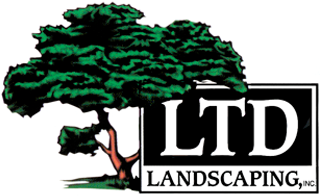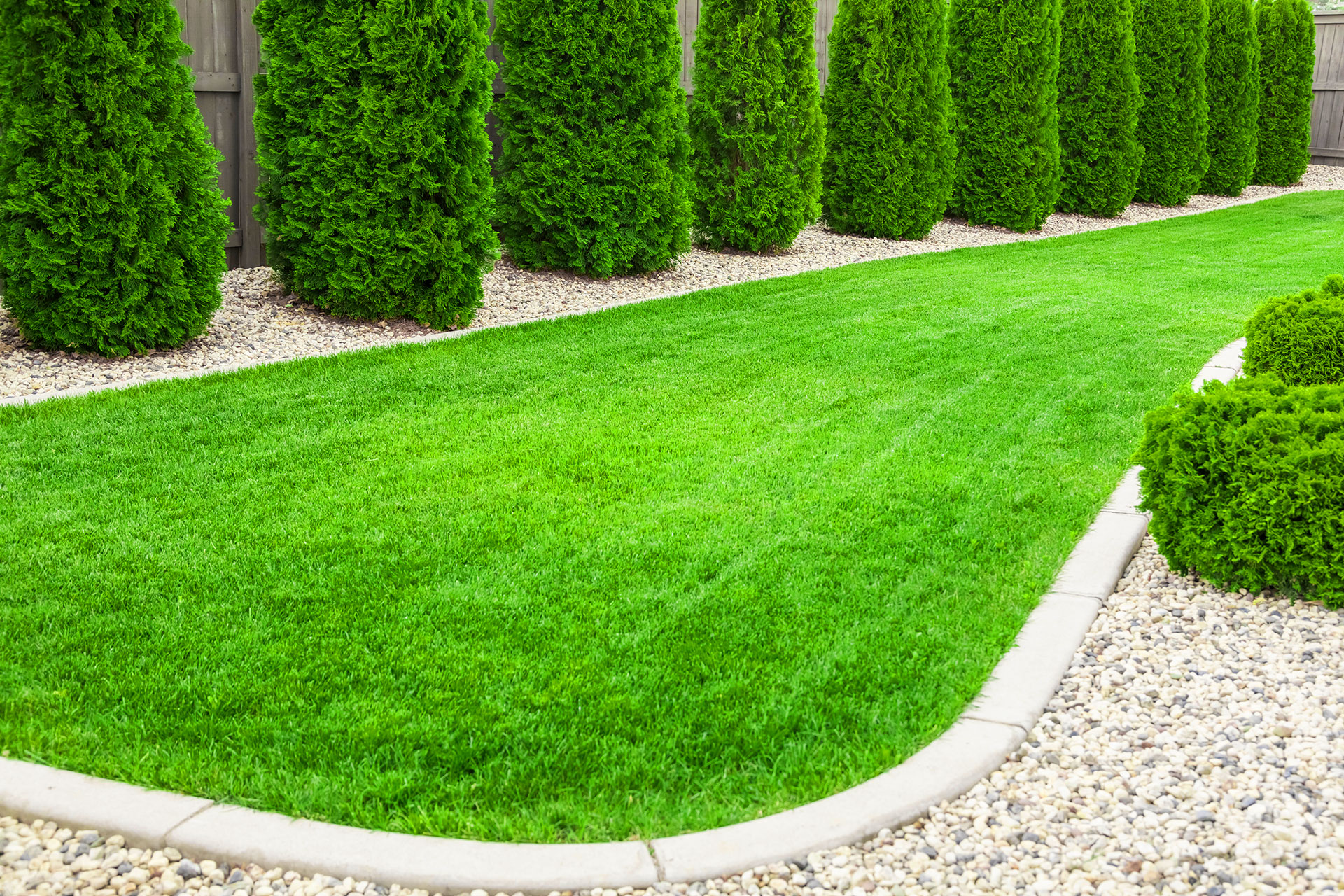If your lawn had a voice, it would probably start with this. To most people, it’s just green stuff underfoot. But a healthy lawn is a living, breathing part of your outdoor environment. It helps cool the space around your home, absorbs water, fights erosion, and creates a place for bare feet, barbecues, and backyard dreams.
Beneath that blanket of blades is a whole world of roots, soil, and life. And yes, your lawn has needs; it’s just been too polite to complain.
Stop Cutting Me So Short!
Scalping the lawn may seem efficient, but it’s not doing your yard any favors. When grass is cut too short, it loses moisture faster, becomes more vulnerable to pests, and struggles to photosynthesize properly.
Longer blades shade the soil, lock in moisture, and support deeper root growth. The next time you mow, your lawn would kindly ask you to take a little less off the top.
I’m Thirsty… But Not Drowning
Watering is essential, but too much can do more harm than good. Your lawn thrives on deep, infrequent watering, not a daily sprinkle. Give it time to absorb and grow roots downward.
If your lawn could talk, it would ask for this simple rhythm:
- Water in the early morning
- Let the soil dry slightly between sessions
- Check for runoff, it’s a sign you’re overdoing it
Hydration is good. Saturation, not so much.
Fertilizer? Yes, Please… Just the Right Kind
Feeding your lawn isn’t one-size-fits-all. It changes with the seasons, the type of grass, and the condition of your soil. Over-fertilizing can burn it, and underfeeding leaves it patchy and pale.
Organic fertilizers are often the kinder choice, building long-term soil health. Think of them as a balanced meal, not fast food.
Don’t Forget My Edges
The edges of your lawn are the unsung heroes. They frame walkways, flowerbeds, and patios, but they also take a beating. Foot traffic, mower wheels, and weed growth can leave them ragged.
A clean, well-trimmed edge gives your entire yard a polished, intentional look. It’s like ironing your shirt collar. The details matter.
Let Me Breathe a Little
Compacted soil makes it hard for grass to grow. If your lawn could, it would gently remind you that aeration once or twice a year keeps things moving below the surface. Air, water, and nutrients reach the roots more easily, and that means stronger, greener growth.
Conclusion
You don’t need to be a mind reader. The signs are there: yellowing patches, bare spots, soggy puddles, dry cracks. Your lawn may not shout, but it speaks. When you listen and respond with thoughtful care, your lawn will reward you, not just with looks, but with life.
Green, soft, full of potential… and just waiting to be heard.



